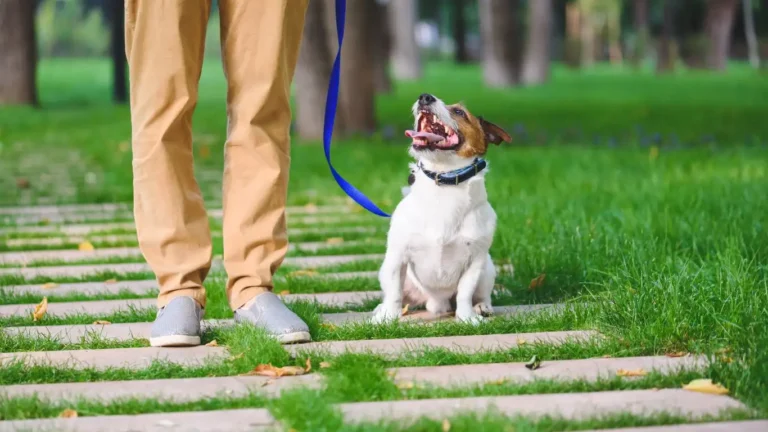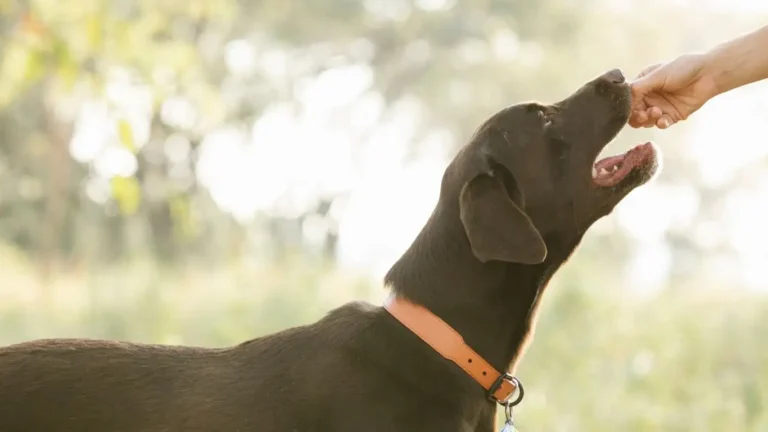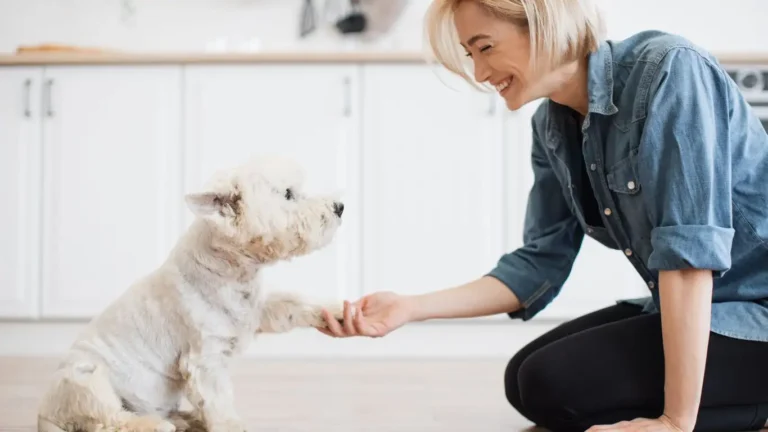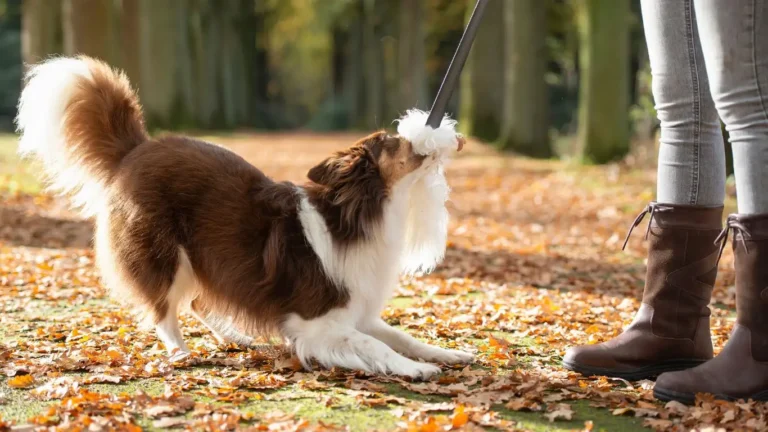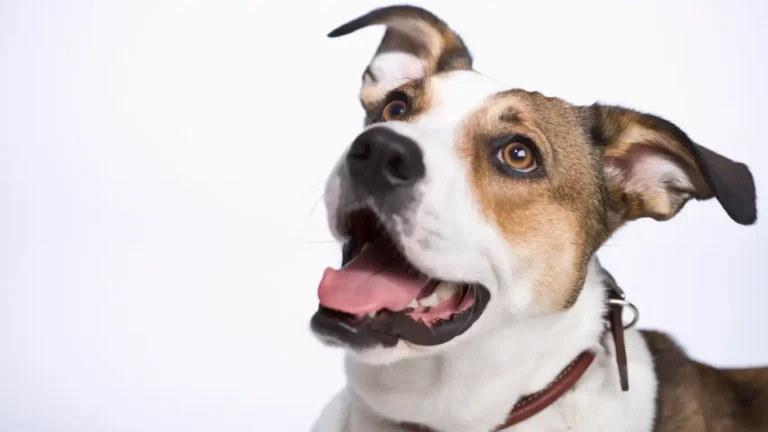Stop Your Dog’s Fear of Loud Noises – Proven Training Techniques
If your dog cowers, hides, or trembles at the sound of fireworks, thunderstorms, or even the vacuum cleaner, you’re not alone. Many dogs struggle with noise sensitivity, but the good news is, you can help them overcome it! In this guide, I’ll walk you through how to train a dog to not be afraid of loud noises—using methods I’ve successfully implemented as a professional dog trainer. With patience, consistency, and the right approach, you can build your pup’s confidence and turn those fear-inducing sounds into just another part of life.
Understanding Noise Sensitivity in Dogs
Before we dive into training, let’s talk about why some dogs react so strongly to loud sounds. Fear of loud noises can stem from a variety of factors, including:
- Genetics: Some breeds are naturally more sensitive to sound.
- Early experiences: If a puppy wasn’t exposed to different noises during their critical socialization period, they may develop noise aversion later.
- Past trauma: Rescue dogs, especially those with unknown histories, might associate loud noises with scary past events.
- Medical issues: Hearing loss or cognitive decline in senior dogs can make sudden noises more startling.
Understanding the root of your dog’s fear will help tailor your training approach. If their reaction is extreme—like severe panic or self-harm—it’s always a good idea to consult your vet or a certified behaviorist.
Signs Your Dog is Afraid of Loud Noises
Every dog reacts differently to noise anxiety. Some pups shake and hide under the bed, while others pace, bark, or even become destructive. Here are some common signs:
- Trembling or shaking
- Panting excessively
- Hiding or trying to escape
- Pacing or restlessness
- Whining or barking
- Refusing food or treats
- Clinginess (your dog suddenly becomes your shadow)
- Destructive behavior (chewing furniture, scratching doors)
If you’ve noticed these behaviors in your pup, don’t worry—you’re already taking the first step by recognizing the problem. Now, let’s talk about how to help them feel safe.
How to Train a Dog to Not Be Afraid of Loud Noises
Training your dog to be less fearful of noise takes time and a mix of strategies. The key is gradual desensitization, paired with positive reinforcement. Here’s where I’ve seen the most success with my clients:
1. Start with Low-Level Sound Exposure
You wouldn’t throw someone who’s afraid of heights onto a roller coaster, right? The same goes for noise-sensitive dogs. We need to start small.
Try playing recordings of thunder, fireworks, or city noises at a very low volume. If your dog remains calm, reward them with a treat or a fun game. Over time, gradually increase the volume, always making sure they’re comfortable.
2. Create Positive Associations
The goal is to shift your dog’s mindset from “Loud noises = scary” to “Loud noises = good things happen!” One of my favorite ways to do this is through food.
Whenever a loud noise happens—whether it’s real or from a recording—immediately offer your dog a high-value treat (like cheese or chicken). If they start associating booms and bangs with delicious snacks, their fear will start to fade.
3. Teach a Relaxation Cue
One powerful tool in noise desensitization training is teaching your dog a solid relaxation cue. This can be something like a “settle” command on a mat or a gentle massage that signals it’s time to unwind.
Practice this cue when your dog is already calm, then slowly introduce it when noises happen. Over time, they’ll learn that hearing a loud sound means it’s time to settle down instead of panic.
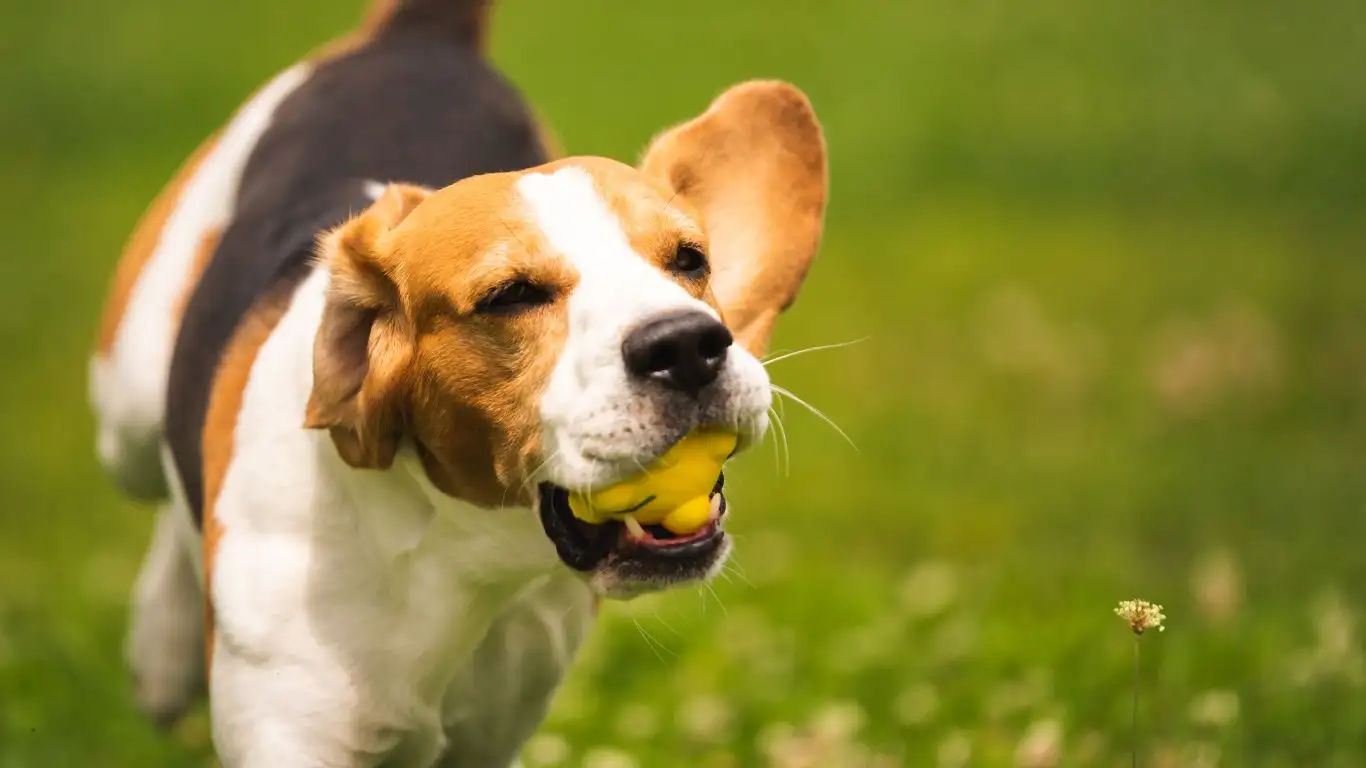
Why Consistency is Key
Dogs thrive on routine, and overcoming noise phobias is no different. If you’re training your pup to handle fireworks, but then rush to comfort them during a storm, you might accidentally reinforce the fear.
Stick to the plan. Stay calm yourself, reward calm behavior, and practice exposure techniques consistently. With time and effort, you’ll start seeing progress!
Helping Your Dog Cope During Real-Life Loud Noises
While desensitization training is a long-term solution, what about those sudden, unexpected loud noises—like a car backfiring or a thunderstorm rolling in? Helping your dog in the moment is just as important as the training itself.
1. Stay Calm and Lead by Example
Dogs are incredibly in tune with our emotions. If you panic, they’ll panic. I’ve had clients tell me, “I try to comfort my dog, but it just makes them worse!” That’s because excessive soothing—like repeating “It’s okay, it’s okay” in a worried tone—can reinforce their fear.
Instead, act like nothing is wrong. Keep your voice light and neutral, and if your dog looks to you for reassurance, respond with a relaxed demeanor. I’ve found that simply continuing what I was doing—reading a book, watching TV—often helps signal to the dog that everything is fine.
2. Create a Safe Space
Some dogs cope better when they have a designated “safe zone.” This can be a crate (if they see it as a cozy retreat), a quiet room, or even a blanket fort you build just for them.
Make their safe space inviting with:
- Soft bedding
- A favorite toy
- Calming scents like lavender or chamomile
- White noise or soft music to mask the loud sounds
One of my clients had a dog terrified of fireworks. We set up a “fireworks bunker” in her laundry room, complete with classical music playing and a frozen peanut butter Kong. Over time, her dog learned that when the booms started, it was actually time for treats!

3. Try Pressure Therapy
Many dogs find comfort in gentle pressure. That’s why products like Thundershirts exist—they provide a snug fit that helps some dogs feel more secure. If you don’t have one, you can try wrapping a soft bandage or towel around your dog’s torso for a similar effect.
One of my own dogs, Charlie, responded well to this. He wasn’t a fan of fireworks, but when I gently wrapped him in a stretchy fabric, he settled down much faster than usual.
Alternative Approaches to Noise Anxiety
Every dog is different, and while traditional desensitization and counterconditioning work for most, some pups need extra help. Here are a few additional methods I’ve seen success with:
1. Sound Therapy and Background Noise
Sometimes, drowning out the scary sounds with something more predictable can work wonders. Try:
- White noise machines
- Soft instrumental music (classical or reggae often works well!)
- Television or talk radio at a moderate volume
There’s even a type of music specifically composed for anxious dogs—search for “calming dog music” on YouTube or streaming platforms!
2. Pheromone Diffusers
Dog-appeasing pheromones (like Adaptil) mimic the scent mother dogs release to soothe their puppies. Many dog parents swear by them, and while they don’t work for every dog, they’re worth trying as a non-invasive option.
3. Natural Supplements and Calming Aids
For dogs with moderate anxiety, natural supplements may help take the edge off. Some options include:
- L-Theanine: Found in green tea, known for its calming effects.
- CBD for dogs: Some owners report great results, but consult your vet first.
- Melatonin: Can promote relaxation but should be used under veterinary guidance.
Every dog’s body chemistry is different, so it’s always best to check with a vet before introducing any new supplement.
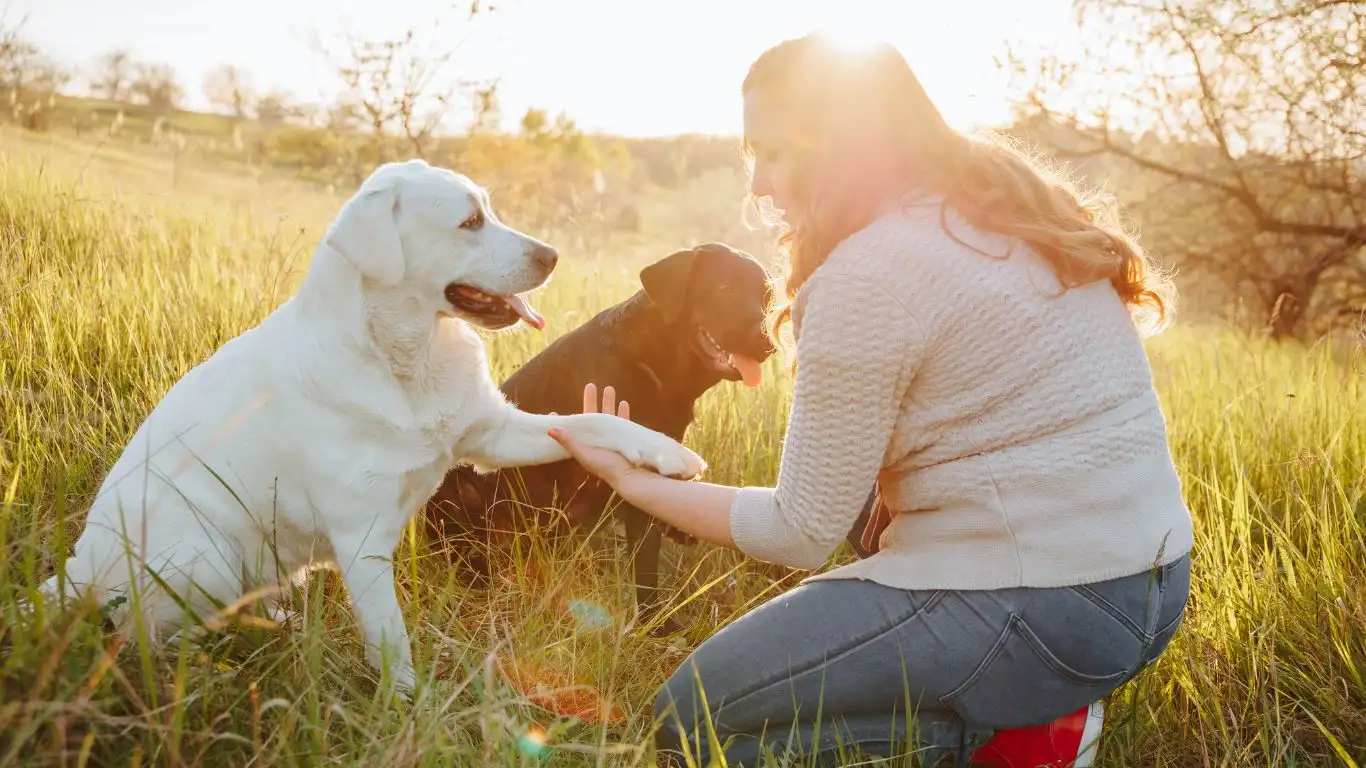
When to Seek Professional Help
If your dog’s noise phobia is severe—leading to destructive behavior, self-harm, or extreme panic—then professional intervention may be necessary.
1. Consult a Veterinary Behaviorist
For extreme cases, a veterinary behaviorist can assess your dog and recommend specialized behavior modification plans. In some cases, anti-anxiety medications may be considered as part of a short-term or long-term management plan.
2. Work with a Certified Trainer
As a CPDT-KA myself, I know that structured training can make a huge difference. A qualified trainer can help implement desensitization techniques properly and tailor the training to your dog’s unique needs.
If you decide to work with a trainer, look for someone who uses force-free, positive reinforcement methods. Avoid trainers who rely on punishment—it will only make the fear worse!
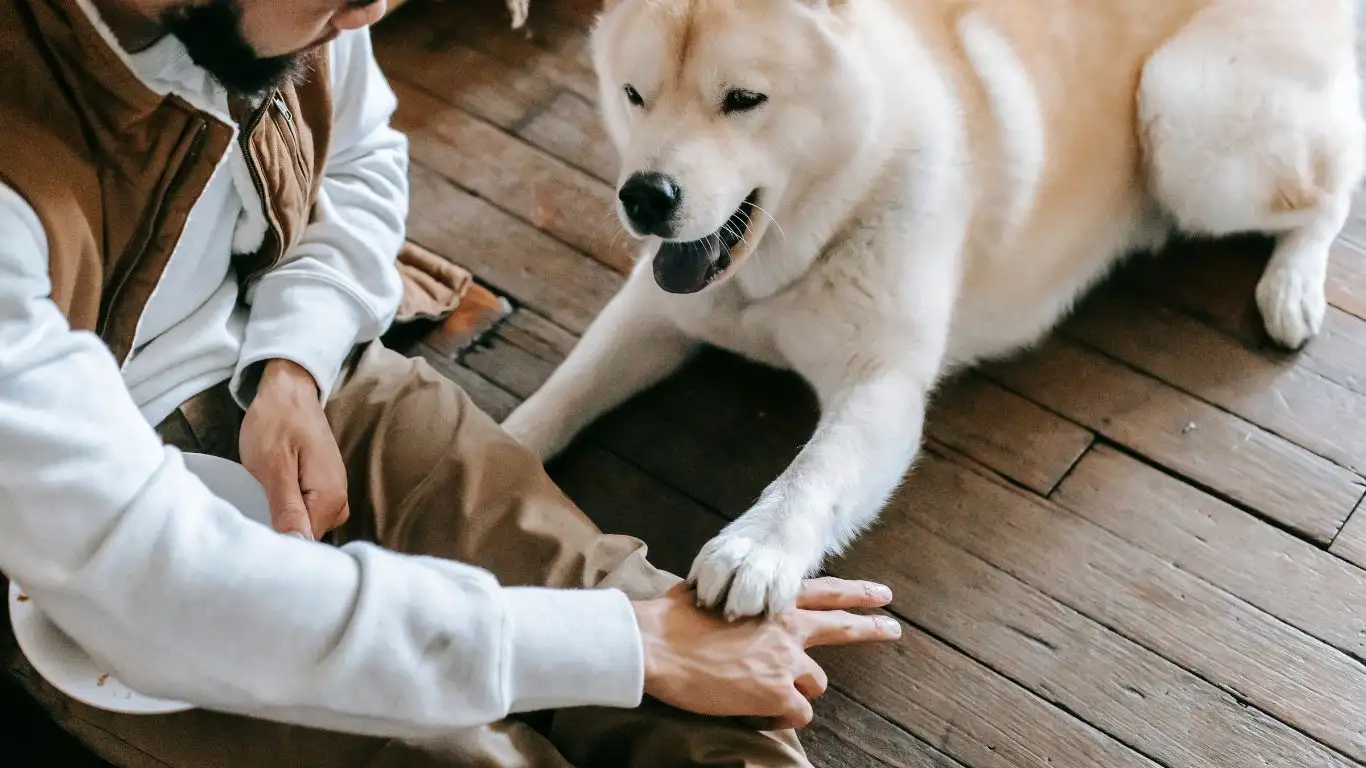
By taking the right approach and understanding your dog’s unique fears, you can help them feel safer and more confident in a world full of unexpected noises.
Building Long-Term Confidence in Your Dog
By now, we’ve covered a variety of techniques to help your dog overcome their fear of loud noises. But true progress isn’t just about training in controlled environments—it’s about building confidence in all aspects of their life.
1. Socialization and Exposure to New Experiences
One of the best ways to reduce fear is to expose your dog to new things in a safe and controlled way. If a dog only experiences loud noises occasionally, each event feels like a big, scary deal. But if they frequently encounter different sounds and situations, they become more adaptable.
Some ways to build resilience:
- Take them on regular outings—quiet parks, pet-friendly stores, or even car rides.
- Introduce them to different surfaces—grass, pavement, sand, metal grates.
- Let them meet calm, confident dogs who can model good behavior.
I once worked with a dog named Bailey who was terrified of city noises. Instead of avoiding walks downtown, we started with short trips—five minutes near a quiet street, then gradually increasing exposure. Within months, Bailey was confidently strolling past honking cars!
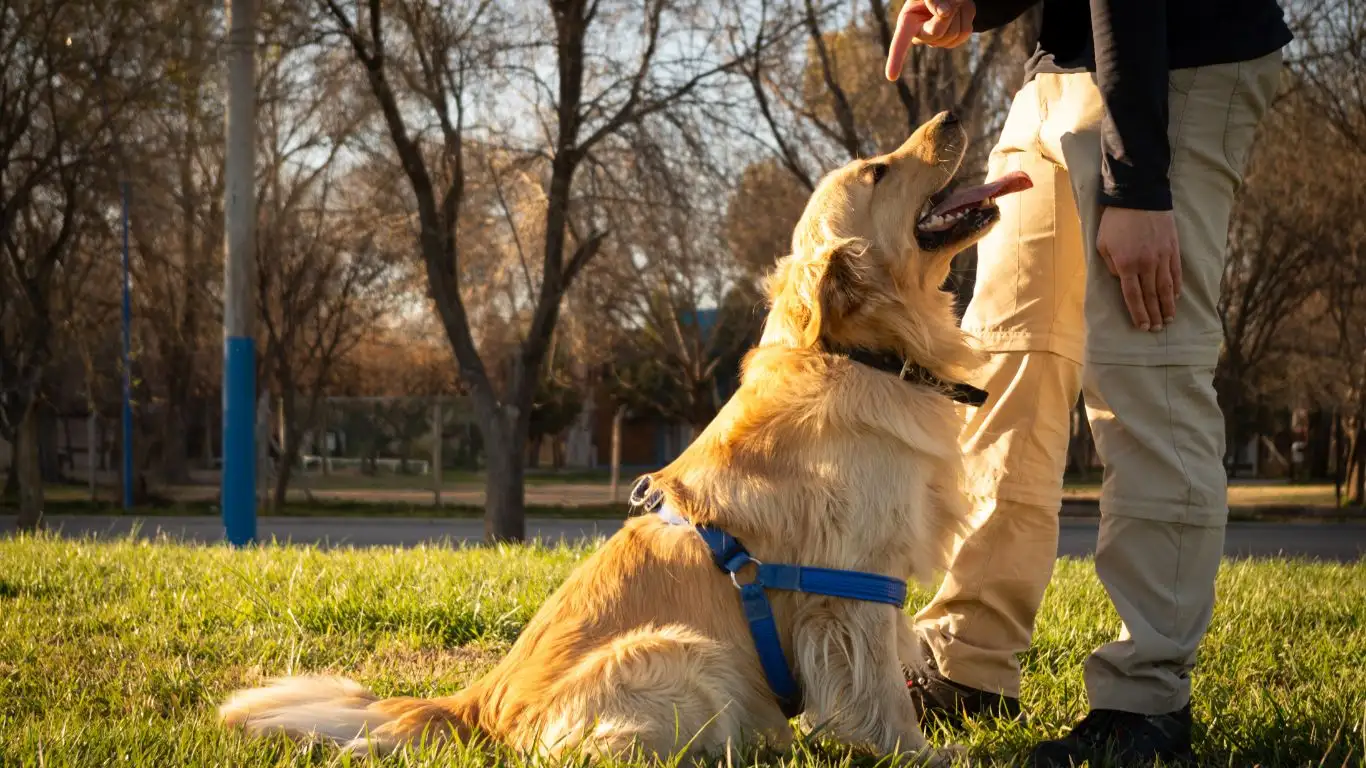
2. Mental and Physical Enrichment
A mentally and physically tired dog is far less likely to fixate on fears. Keeping their brain engaged in fun and rewarding activities can reduce overall anxiety.
Try incorporating:
- Puzzle toys that challenge them to think
- Sniffari walks—letting them explore with their nose at their own pace
- Trick training sessions to build confidence
- Agility or nose work games for fun problem-solving
One of my favorite exercises is “find it” games. I hide treats around the house and encourage the dog to sniff them out. This simple game shifts their focus from anxiety to problem-solving mode!
Common Mistakes to Avoid
When working with a noise-sensitive dog, it’s easy to unintentionally reinforce fear. Here are some common missteps:
1. Overcomforting During Fear Episodes
It’s natural to want to soothe a scared dog, but excessive coddling can send the wrong message. Instead of treating them like a fragile baby, offer calm, confident reassurance.
2. Forcing Your Dog Into Scary Situations
Exposure should always be gradual. Forcing your dog to “face their fears” too quickly can backfire and deepen their anxiety. Move at their pace.
3. Using Punishment
Yelling or scolding a dog for barking or trembling during a noise event will not help. It may suppress the behavior temporarily, but it will increase anxiety long-term.

Final Thoughts
Training a dog to not be afraid of loud noises is a journey, not a quick fix. It takes time, patience, and a commitment to building positive associations. But trust me, the effort is worth it. There is no better feeling than watching a once-fearful dog relax and truly enjoy life.
By using gradual exposure, positive reinforcement, and confidence-building techniques, you’ll be setting your pup up for success. Whether it’s fireworks, thunderstorms, or the dreaded vacuum cleaner, your dog can learn to handle noise without fear.
References
- ASPCA – Dog Behavior Resources
- Certification Council for Professional Dog Trainers (CCPDT)
- PetMD – Anxiety in Dogs
- American Kennel Club – Sound Desensitization
Disclaimer
The information provided in this article is based on professional experience as a CPDT-KA dog trainer. However, every dog is unique, and severe anxiety cases may require guidance from a veterinary behaviorist. Always consult with a qualified professional for personalized advice.

